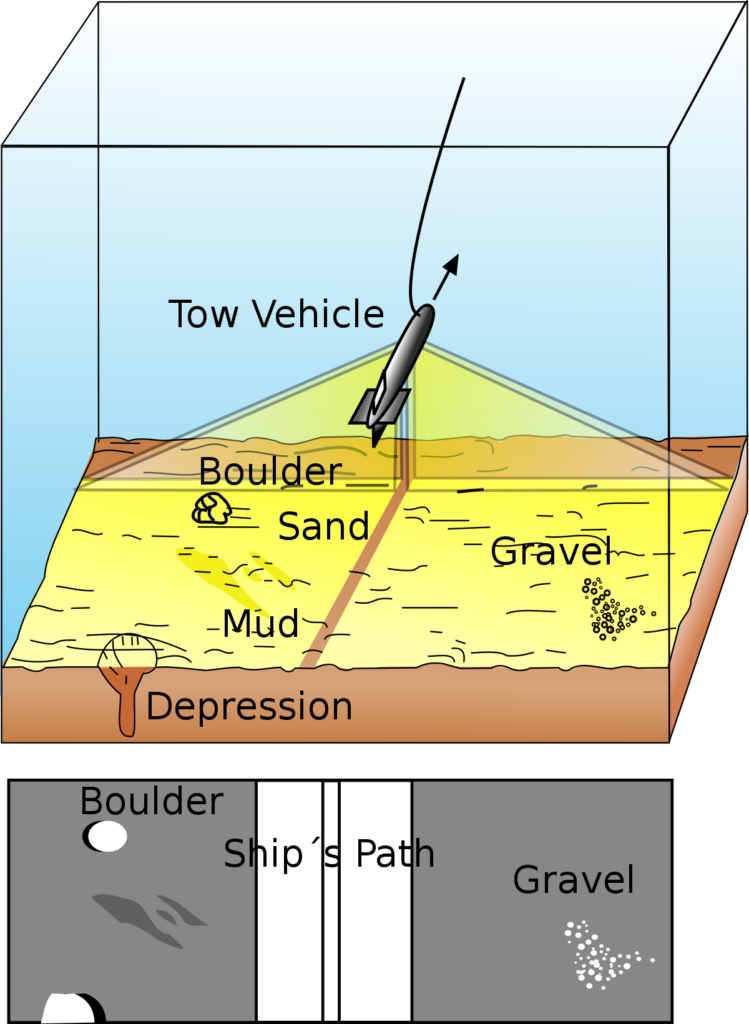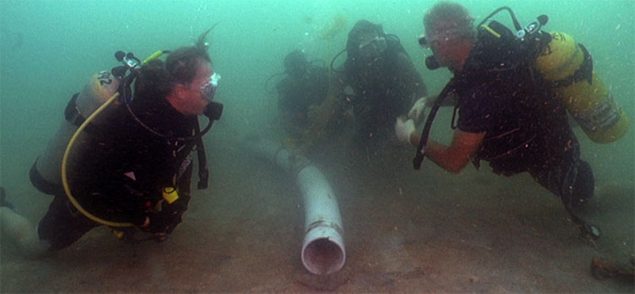Nestled in the mountainous region of Sichuan Province, Jiuzhaigou (九寨沟) is a breathtaking natural wonder renowned for its pristine landscapes, vibrant waters, and rich cultural heritage. Recognized as a UNESCO World Heritage Site, Jiuzhaigou captivates visitors with its crystal-clear lakes, cascading waterfalls, snow-capped peaks, and dense forests, making it one of China’s most picturesque destinations
Exploring the Scenic Wonders of the American Southwest – Nox 27′
The American Southwest has some of the most incredible landscapes out there. On a recent road trip, I got to dive into the unique beauty of places like Bryce Canyon, Arches, Monument Valley, and a few hidden gems along the way
The Mechanisms and Challenges of Marine Archaeology
Marine archaeology, unlike traditional archaeology, was not considered a scientific discipline until the 1960s. It is most often concerned with shipwrecks but can be applied to any study or excavation of artifacts on or below the ocean floor. This area of research comes with its own unique set of challenges, as many of the standard archaeological methods simply cannot be applied. It is far more labor intensive and expensive, with common obstacles including poor weather conditions and tidal complications (Blakemore, 2019). Despite these roadblocks, marine archaeology provides insight to huge swaths of history lost to the ocean’s depths.

Many different methods and strategies are used for underwater excavation. For initial surveillance of the ocean floor’s topography, side scan sonar has long been the preferred operation. Unlike standard sonar, which scans in a conical shape, side scan sonar scans in two directions at once, both vertically and laterally. This allows for a far sharper resolution of depth imaging (Egenrieder, 2014). For coastline detection and mapping, satellite imaging is also employed (Blakemore, 2019). Many of the same tools that are used by archaeologists on land can be used underwater, such as hand trowels, but others are very different (Adovasio, Hemmings, 2012). While archaeologists on land scoop dirt onto a screen to sift through it, underwater archaeology requires a massive vacuum cleaner-like machine to suck sediment off of the seafloor at a rate of 600 gallons per minute and then press it through a floating screen deck to sift through the debris (Adovasio, Hemmings, 2012). Many organic materials, such as wood, bone fragments, and plant fibers are better preserved underwater than on land, but the process of extracting these fragile materials from the seafloor requires significant caution (Adovasio, Hemmings, 2012). They must be carefully removed, brought to the surface, stabilized, and often refrigerated to prevent decomposition caused by exposure to the light and air that they likely haven’t seen since they sunk to these depths (Adovasio, Hemmings, 2012).

Underwater archaeologists must undergo additional training on top of their credentials as archaeologists. Diving training is essential, as well as many hours of practice for the specific conditions of an underwater archaeological site (Kenyon, 2020). It is easy to accidentally damage the site when you are met with environmental challenges like quick moving currents, wildlife, and unexpected weather patterns (Kenyon, 2020). Risks like these can make this profession a dangerous one, so abundant caution and years of practice are the key to successful research outcomes. Still, this research remains invaluable. Over two thirds of the earth’s surface is covered with water, oceans and rivers that humans have been crossing and tossing items of precious historical significance into for as long as we’ve been here. The trouble lies in accessing them.
Sources:
“Maritime Archaeology”. Archaeology: National Marine Sanctuaries Maritime Heritage Program. NOAA.
Blakemore, Erin. August 2, 2019. “How Underwater Archaeology Reveals Hidden Wonders”. National Geographic. National Geographic.
Egenrieder, Tim. June 19, 2014. “A Beginner’s Guide To Side Scan Sonar”. On The Water. On The Water.
Kenyon, Kimberly. April 29, 2020. “What Is Underwater Archaeology?”. Submerged NC. North Carolina Office of State Archaeology.
Adovasio, J.M.. Hemmings, C. Andrew. 2012. “Underwater Archaeological Excavation Techniques”. Exploring The Submerged New World 2012. Ocean Exploration NOAA.
Links To Further Reading:
- https://ocean.si.edu/human-connections/exploration/what-marine-archaeology
- https://maritimearchaeologytrust.org/
What Does it Mean to be Complete? A Conversation Between Vignali and Cézanne
/*! elementor – v3.15
Now running WordPress 6.0
- This platform is now running version 6.0 of WordPress, which includes a number of changes to the user interface for site builders, most significantly the default use of a modern “block editor,” in place of the traditional text editor.
If you have questions about the change or about using the new software version, please direct them to the CIS Service Desk or to wpadmins@vassar.edu.
